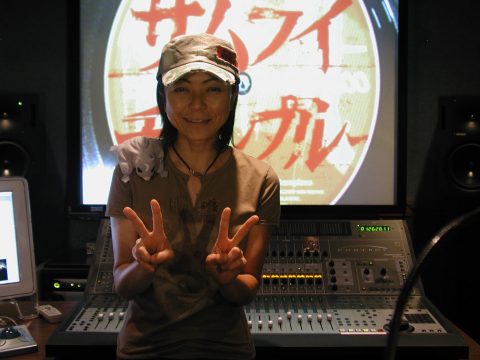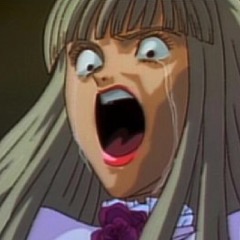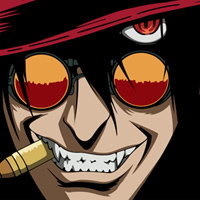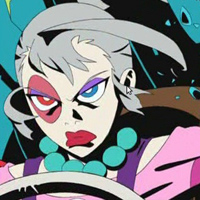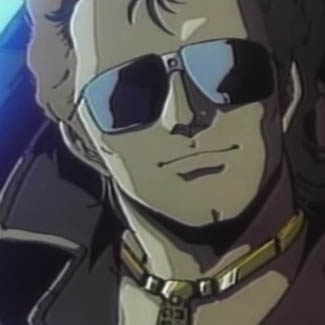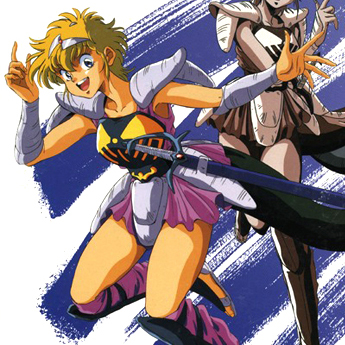
The DVDs sit forgotten on the shelf, a thin layer of dust obscuring smiling cherub faces, neon eyes and pastel backgrounds, mementos of a time when “cuteness” was sufficient justification to merit shelling out thirty dollars retail at Suncoast Motion Picture Company for a Geneon DVD. Now Suncoast and Geneon are gone, driven to extinction by the contraction of the home video market, and the future of entertainment streams on regardless. Yet somehow, the memory of those days persists, and somehow Bottle Fairy remains on my bookshelves, gathering dust.
I raise my fist to the sky and cry out: “Why did I purchase this?”
The only answer is my own voice, replying: “I don’t know, man. It seemed like a good idea at the time.”
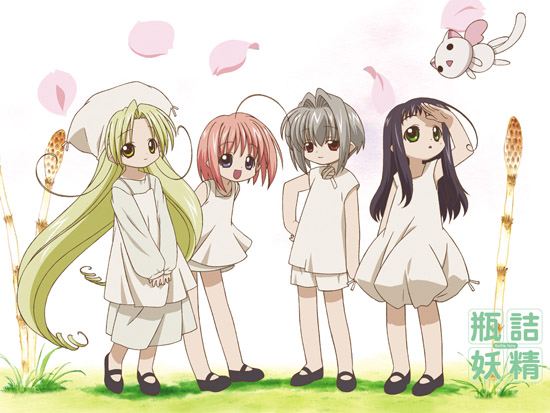
Don’t get me wrong. Bottle Fairy isn’t a bad show. It’s just damned inscrutable. The premise is simple enough: four pint-sized fairies from the Fairy World live in a Japanese household with an affable bachelor known only as Sensei-san. Each day they study human culture in an effort to graduate and transform into humans themselves. But the fairies have only a cursory understanding of the human world, and what they observe is distorted by their own wild imaginations and exacerbated by the influence of daytime television and the meddling of a boisterous but ill-informed first grader, Tama-chan, who lives next door. Each eleven-minute episode encompasses one calendar month, with the fairies experiencing new activities as the seasons change.
On the one hand, it’s very cute. On the other hand, the humor requires knowledge of the minutiae of Japanese culture that is both deep and broad. Nearly all of the comedy revolves around verbal and visual puns. Even with on-screen translation notes, the jokes can be terribly opaque. In re-watching the series for this review, I admit I only understood about half of the jokes, and even the ones that I did get didn’t make me laugh. The timing is remarkably flat, especially compared to other “cute girls do comedic things” shows such as Strawberry Marshmallow and Azumanga Daioh.
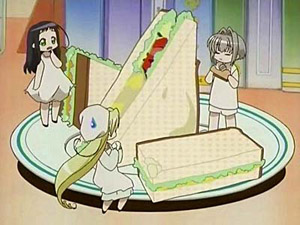
Which brings me to the “ick” factor. Most of the time Kururu, Chiriri, Sarara, and Hororo—the titular bottle fairies—have the general proportions of novelty bobble heads, with little pointed elf ears and enormous cartoon eyes. And these designs serve them well, as they can super-deform and overreact for comic effect. But sometimes the fairies—either through their imagination or through the working of their fairy magic—take on the shape of prepubescent human girls, and I have to question the animators’ intentions here. I don’t understand why the camera lingers on them as they strike bikini model poses in their swimsuits, for example, if not to pander to the lolicon crowd.
Perhaps what confounds me most is the production values of Bottle Fairy. Studio Xebec did the animation, and that used to mean something, as they also helmed such high profile releases as Martian Successor Nadesico, Love Hina, and Zoids. (Although now Xebec is creating stuff like Rio: Rainbow Gate, so the times, they are a-changin’.) The opening theme music is catchy and sweet. And there are no less than five ending themes over a span of only thirteen episodes—one song for each fairy singing about her associated season, and another song with all the fairies singing together about the totality of the year. Somebody put some serious cash into making this show. And Geneon—never known for making the soundest financial decisions in the American anime market even in the best of times (**cough** $300 Trigun DVD boxed set **cough**)—licensed it and dubbed it and released it over here to appeal to… whom, exactly? Little girls with a penchant for Japanese puns? Full grown otaku with a taste for things all things “cute”?
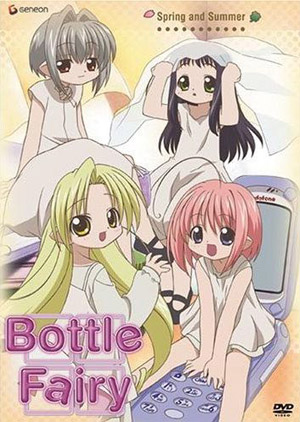
Why did I purchase this?
Why do I still own it, if I haven’t re-watched it in the six years since its American release?
I don’t know. The world has moved on. There are perfume boutiques where the Suncoast stores once stood, and Funimation and others have snapped up the most popular licenses that Geneon left behind. On my shelf Bottle Fairy remains. And I envision that somewhere, in the realms of someone’s neglected imagination, a quarter of multicolored bottles, their fairies long since fled, sit upon a ledge collecting gossamer cobwebs.
Distributor: Geneon Entertainment
Originally released: 2003
Running Time: 195 minutes


